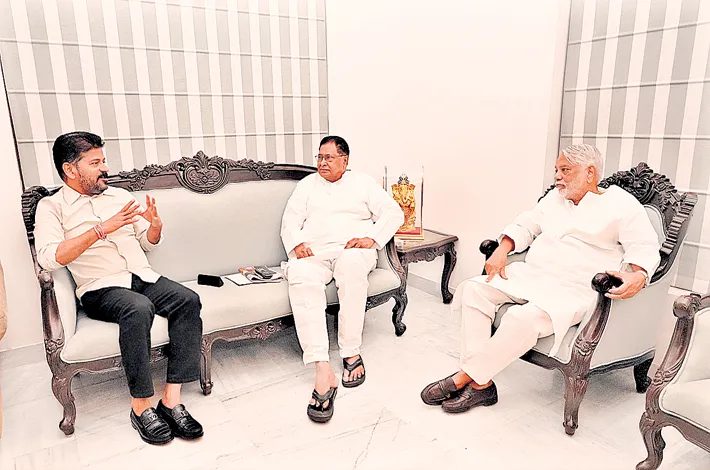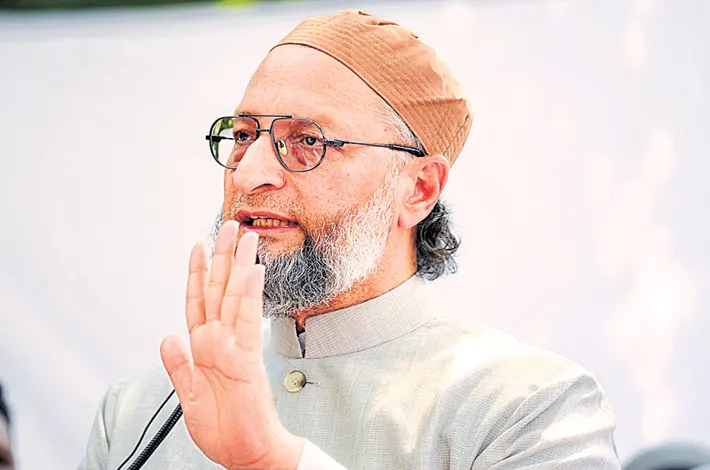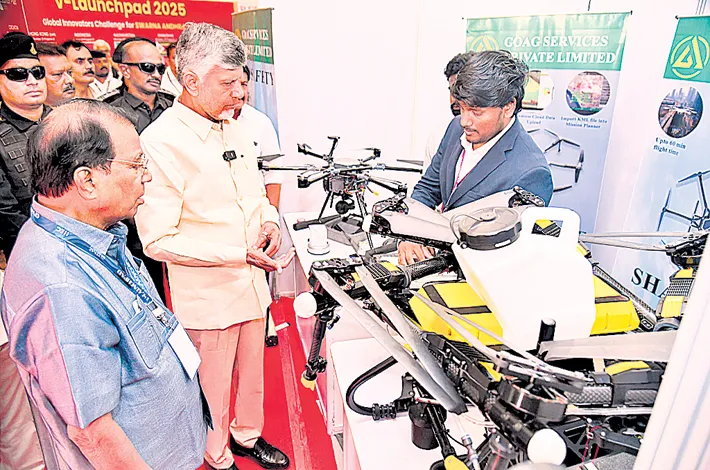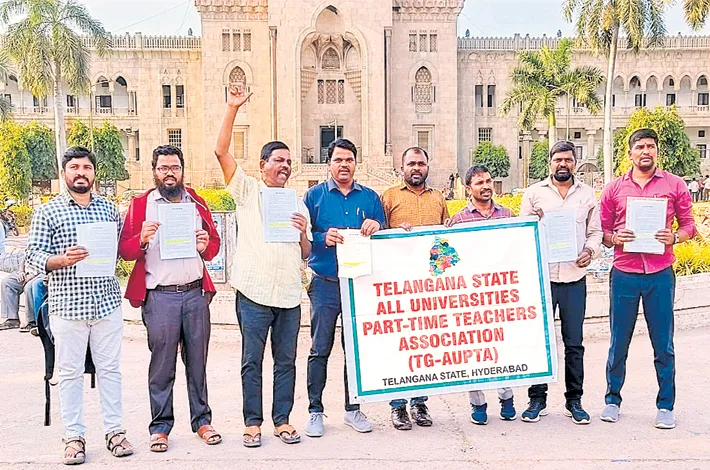How Indian Elders Amicably Resolved Marital Conflicts in the Past
23-04-2025 12:00:00 AM
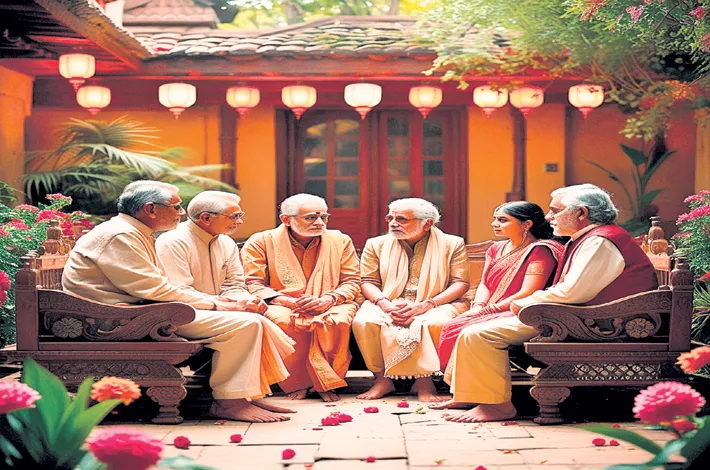
In traditional Indian society, marriage was not merely a union between two individuals but a sacred bond between families, communities, and even generations. Marital disputes, while not uncommon, were approached with a sense of responsibility to preserve the harmony of the family unit and the larger social fabric.
Indian elders, revered for their wisdom, experience, and impartiality, played a pivotal role in resolving conflicts between married couples. Their methods were rooted in cultural values, emotional intelligence, and a deep understanding of human relationships. This article explores how Indian elders in the past facilitated amicable resolutions to marital problems, emphasizing dialogue, empathy, and community support.
The Role of Elders in Indian Society
In traditional Indian households, elders—grandparents, parents, or respected community figures—held a position of authority and reverence. They were seen as custodians of family values and traditions, equipped with life experience to guide younger generations through challenges. Unlike modern legal or therapeutic interventions, elder-mediated resolutions were informal, culturally nuanced, and focused on reconciliation rather than separation. Their approach was grounded in the belief that marriage was a lifelong commitment, and disputes, no matter how severe, could be resolved through patience and mutual understanding.
Elders were often called upon to mediate when tensions arose between a married couple. These conflicts could range from minor misunderstandings to serious issues like financial disagreements, in-law disputes, or emotional disconnect. The goal was not to assign blame but to restore balance and strengthen the marital bond.
Key Principles of Elder-Led Conflict Resolution Creating a Safe Space for Dialogue
Indian elders understood the importance of open communication in resolving disputes. They created a safe, non-judgmental environment where both spouses could express their grievances. Typically, this took place in the privacy of the home or during a family gathering, ensuring confidentiality and minimizing external interference.
Elders would listen attentively, allowing each partner to share their perspective without interruption. This process was therapeutic, as it gave couples a chance to vent their frustrations and feel heard. For example, if a wife felt neglected by her husband due to his work commitments, the elder would encourage her to articulate her feelings while ensuring the husband listened without becoming defensive.
Impartiality and Wisdom
Elders maintained neutrality, avoiding favoritism toward either spouse. Their age and experience lent them credibility, and their advice was rarely questioned. They drew upon traditional wisdom, often referencing cultural or religious teachings, such as the importance of dharma (duty) and patience in marriage. For instance, they might remind the couple of the vows taken during their wedding rituals, emphasizing mutual respect and compromise.
Rather than imposing solutions, elders guided couples toward self-reflection. They asked probing questions like, “What can you do to make your partner feel valued?” or “How can you work together to overcome this challenge?” This encouraged accountability and fostered a sense of shared responsibility.
Empathy and Emotional Bonding
Indian elders excelled at fostering empathy between spouses. They often shared anecdotes from their own lives or other couples’ experiences to illustrate that challenges were universal and surmountable. By normalizing conflict, they reduced the stigma around marital problems and reassured couples that disagreements did not signify failure.
For example, in cases of frequent arguments, an elder might advise the couple to practice sama (calmness) and santosh (contentment), drawing from Indian philosophical traditions. They might also suggest small gestures of affection—such as cooking a favorite meal or spending quality time together—to rebuild emotional intimacy.
Involving the Family as a Support System
In joint family setups, elders often involved other family members in the resolution process, but only to the extent necessary. For instance, if a dispute stemmed from interference by in-laws, the elder might mediate a separate conversation to set boundaries while ensuring respect for all parties. The involvement of the family reinforced the idea that marriage was a collective responsibility, not just an individual one.
However, elders were careful to avoid escalating conflicts by involving too many voices. Their role was to streamline communication and prevent misunderstandings from spiraling.
Practical Solutions and Compromise
Elders were pragmatic in their approach, offering actionable solutions tailored to the couple’s circumstances. If financial strain was the root of the conflict, they might suggest budgeting strategies or encourage the couple to seek advice from a trusted family member with financial expertise. In cases of personality clashes, they emphasized the importance of compromise, often using metaphors like “two wheels of a cart” to illustrate that both partners needed to work in tandem for the marriage to succeed.
Rituals and traditions also played a role. Elders might encourage couples to participate in religious ceremonies or community events together, as these activities fostered unity and reminded couples of their shared values.
The Cultural Context of Elder Mediation
The success of elder-led conflict resolution was deeply tied to the cultural context of traditional Indian society. Joint families, where multiple generations lived under one roof, provided a built-in support system for couples. The emphasis on collectivism meant that individual egos were secondary to the well-being of the family unit. Moreover, the stigma surrounding divorce and separation motivated couples to seek resolutions rather than part ways.
Elders also drew upon India’s rich spiritual heritage, incorporating principles from texts like the Bhagavad Gita or stories from the Ramayana and Mahabharata. For example, the story of Lord Rama and Sita was often cited to highlight the importance of trust and loyalty in marriage. These cultural references resonated deeply with couples, providing a moral framework for resolving disputes.
Challenges and Limitations
While elder-mediated resolutions were effective in many cases, they were not without limitations. The patriarchal structure of traditional Indian society sometimes influenced elders’ advice, placing disproportionate expectations on women to compromise or adjust. In cases of abuse or severe incompatibility, elders might prioritize family unity over the well-being of an individual, which could perpetuate unhealthy dynamics.
Additionally, the informal nature of elder mediation meant there was no legal recourse or professional counseling for complex issues like mental health or addiction. As Indian society modernized, these limitations became more apparent, leading to the rise of professional marriage counselors and legal interventions.
Lessons for Today
The methods used by Indian elders offer timeless lessons for resolving marital conflicts. Their emphasis on dialogue, empathy, and compromise remains relevant in modern relationships. While joint families are less common today, couples can still benefit from seeking guidance from trusted mentors or family members who can provide an outside perspective.
Moreover, the elder’s ability to create a safe space for communication highlights the importance of active listening and emotional validation in any relationship. In an era where individualism often overshadows collective responsibility, the traditional Indian approach reminds us that strong marriages are built on mutual effort and community support.
Conclusion
Indian elders in the past were master mediators, using their wisdom and cultural insight to resolve marital conflicts amicably. Their approach—rooted in dialogue, empathy, and practical solutions—strengthened not only the couple’s bond but also the fabric of the family and community. While modern society has evolved, the principles of elder-led conflict resolution continue to inspire, offering a blueprint for fostering harmony and understanding in marriages today. By blending tradition with contemporary tools like counseling, couples can navigate challenges with the same grace and resilience that Indian elders once championed.





